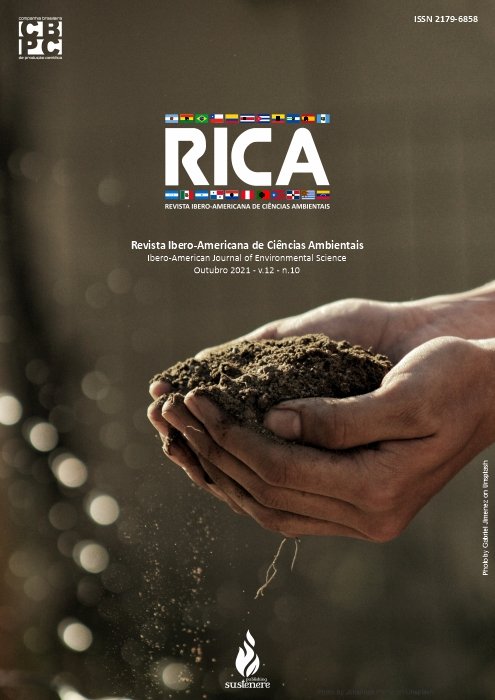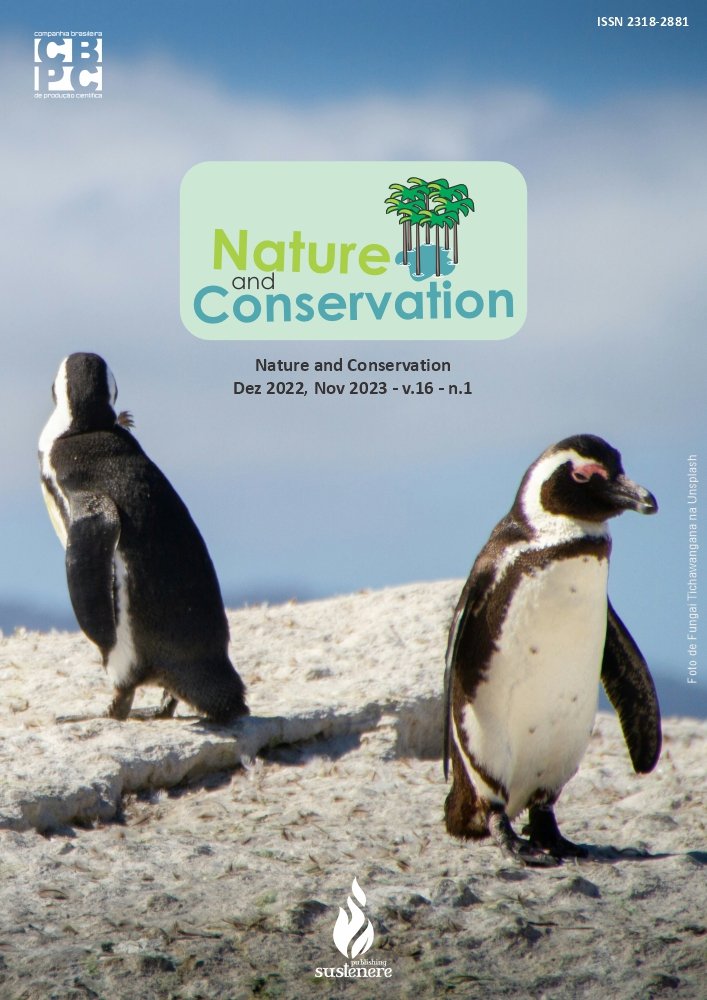Titanium in commercial shrimp from anthropized tropical bays and estimated quantities of TiO2
DOI:
https://doi.org/10.6008/CBPC2179-6858.2021.010.0013Keywords:
Titanium, Titanium Dioxide, Crustaceans, Fishing, Southwest Atlantic OceanAbstract
Titanium (Ti) is a metal with low toxicity in organisms; however, Ti in the form of TiO2 nanoparticles is a contaminant of emerging concern. This study determined the concentration of total Ti in the muscle of pink shrimp (Penaeus brasiliensis and P. paulensis) from two anthropized tropical bays (Guanabara and Sepetiba Bays, southeast Brazil) and presented the first estimates of TiO2 in shrimp. Differences in the total Ti concentration were associated with fishing site and season, showing a spatial-temporal trend. The level of anthropization per se did not explain the metal concentration. Both trophic position (δ15N) and trophic habitat (δ13C) of shrimp had negligible influence on the metal concentration. We suggest that Ti point sources into Sepetiba Bay and/or differences regarding fishing sites inside the bays are possible explanations for the results. The estimates of TiO2 in shrimps based on the total Ti concentration are baseline values for future monitoring. Since shrimps are targets of commercial fisheries, monitoring the Ti concentration is a public health interest.
Downloads
Downloads
Published
Issue
Section
License
Copyright (c) 2021 Ibero-American Journal of Environmental Sciences

This work is licensed under a Creative Commons Attribution-NonCommercial-NoDerivatives 4.0 International License.
The CBPC - Companhia Brasileira de Produção Científica (Brazil CNPJ: 11.221.422/0001-03) the material rights of the published works. The rights relate to the publication of the work anywhere in the world, including rights to renewals, expansions and dissemination of the contribution, as well as other subsidiary rights. All electronically published works may subsequently be published in printed collections under the coordination of this company and / or its partners. The authors preserve the copyright, but are not allowed to publish the contribution in another medium, printed or digital, in Portuguese or in translation.









